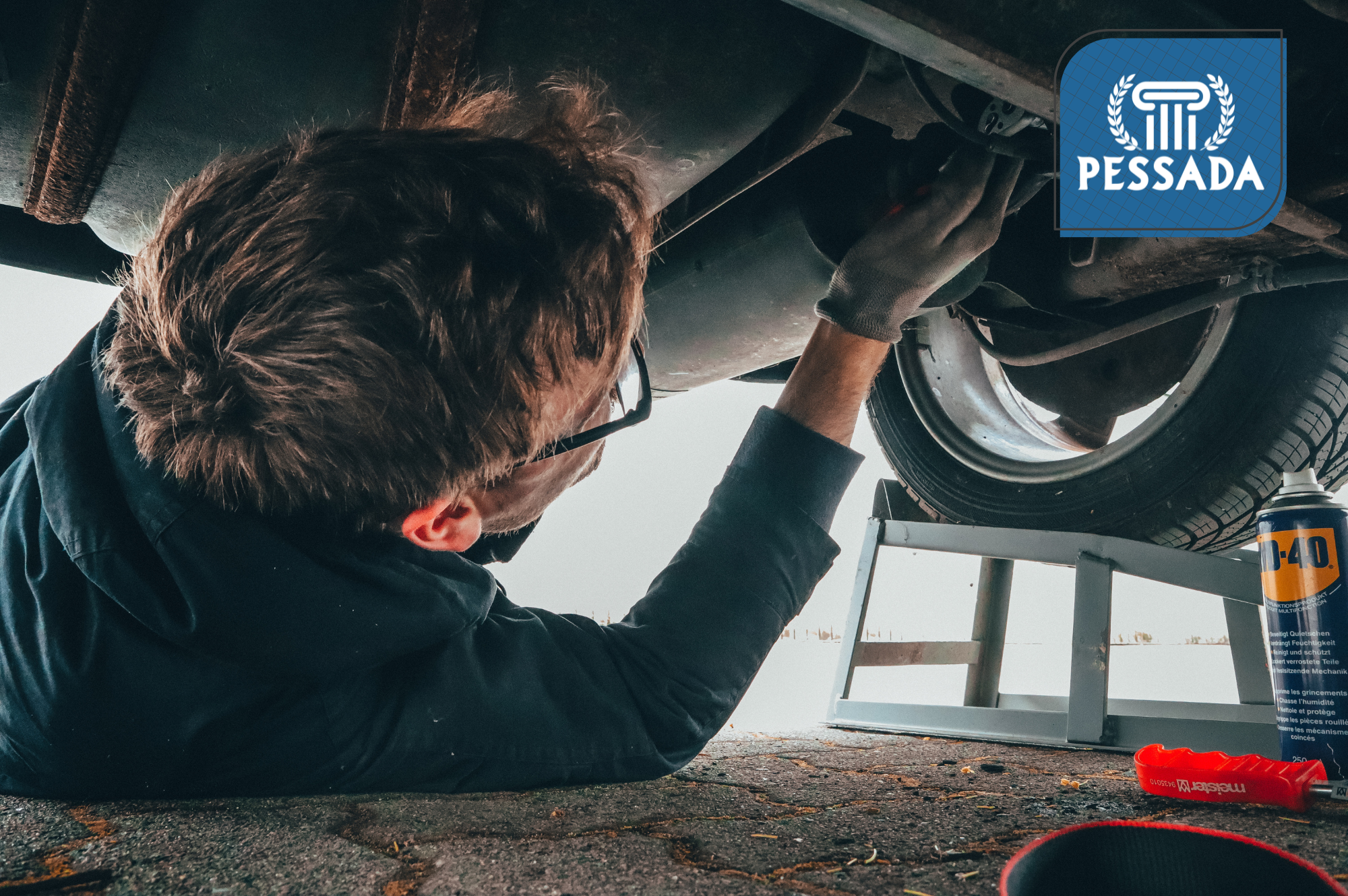Is Slow Service Turn Time Costing Your Dealership Revenue? Here’s How to Fix It Fast

Time Is Money in Fixed Ops
In the high-stakes world of dealership fixed operations, every hour counts. Yet too many service departments suffer from one quiet killer of profits: slow service department turn time.
If vehicles sit idle for days either awaiting parts, technician availability, or inefficient approvals, your dealership service efficiency suffers, and so does your bottom line.
According to a 2024 NADA report, fixed ops departments contribute over 50% of total dealership profits, yet the average repair order cycle time has increased year-over-year due to rising vehicle complexity and outdated workflows.
In this guide, we’ll explore how long service turn times hurt your dealership, and more importantly how to fix them fast.
What Is Service Department Turn Time?
Service department turn time refers to the total duration a customer’s vehicle spends in the shop, from check-in to delivery. This includes:
-
Time for diagnosis
-
Waiting for parts
-
Labor and technician scheduling
-
Quality checks
-
Customer pickup
The shorter the turn time, the more vehicles you can service, and the higher your revenue potential.
Why Turn Time Matters to Profitability
A slow turnaround means:
-
Fewer ROs (Repair Orders) completed per day
-
Lower technician productivity
-
Declining CSI scores
-
Increased rental car costs
-
Lost repeat business
Let’s break it down with a scenario:
Imagine you’re averaging 80 ROs/week with a 3-day turn time. Reducing it to 1.5 days could potentially double your weekly volume without hiring more techs or expanding bays. That’s the power of improving automotive service operations.
CDK Global’s 2023 Fixed Ops Performance report notes that reducing turn time by just one day can increase monthly service revenue by up to 20%.
The Real Cost of Long Turn Times
Dealerships are losing money from long turn times, often without realizing it. Here’s how:
1. Lost Throughput = Lost Revenue
One unused bay per day can cost you $800–$1,200 in missed labor revenue, depending on your labor rate and hours billed.
2. Declining Customer Satisfaction
According to J.D. Power, 60% of customers say they’d switch service providers after long waits. The impact of long repair times on customer satisfaction is critical, especially in the age of online reviews.
3. Technician Burnout
Poor service department workflow leads to bottlenecks, wasted time, and frustrated techs resulting in turnover.
Dealerships that adopt repair order throughput optimization strategies report a 30% increase in gross profit per RO (source: Fixed Ops Journal).
Top Causes of Slow Service Turnaround
Understanding root causes helps create the blueprint for turn time optimization:
-
Parts availability delays
-
Poor technician scheduling
-
Lack of real-time communication
-
Inefficient RO creation
-
Manual inspection and approval processes
How to Fix It Fast: Actionable Turn Time Strategies
Here’s how the best dealerships reduce average service department turn time and protect their fixed ops revenue:
1. Implement Express Service Lanes
Use dedicated techs and bays for oil changes, rotations, and light maintenance. Goal: In-and-out in under 2 hours.
2. Pre-Stage Parts & Tools
Use DMS intelligence to pre-order parts before the customer arrives, especially for recurring services like brakes or filters.
3. Improve RO Dispatch Logic
Prioritize jobs by duration and tech skill set. Consider load balancing to maximize repair order throughput.
4. Digitize Inspections and Approvals
Use digital MPI tools like Xtime or AutoVitals for faster advisor approvals and customer authorizations.
5. Schedule Smarter
Avoid overbooking techs while under-utilizing early or late-day hours. Stagger drop-offs and pickups based on technician availability.
Bonus: Use daily workflow meetings to review key KPIs like RO cycle time, bay idle time, and tech efficiency.
Dealership Service Department Benchmarks to Aim For
According to Cox Automotive and NCM benchmarks:
| Metric | Top Performer Benchmark |
|---|---|
| Turn Time (Standard RO) | 24–48 hours |
| Express Service | < 2 hours |
| Tech Productivity | 130%+ |
| First-Time Fix Rate | > 85% |
| RO Cycle Time | < 1.5 days |
Best Practices for Service Department Workflow Optimization
Align people, process, and technology with these best practices:
-
Train service advisors on RO write-up accuracy
-
Monitor KPIs weekly: RO count, CSI, cycle time
-
Leverage DMS reports for dispatch analytics
-
Hold technicians accountable for flagged hours
-
Track missed upsell opportunities
Source: “Fixed Ops Strategies That Work” – AutoSuccess Magazine (2023)
Tools That Help Speed Up Dealership Repair Times
-
Dealertrack & CDK – Workflow automation
-
Xtime – Appointment scheduling and digital MPI
-
Rapid Recon – Time-to-line for recon workflows
-
AutoVitals – Technician tracking and real-time RO status
Final Thoughts: Speed is a Strategy
In today’s competitive environment, fixed ops performance isn’t just about great techs or loyal customers. It’s about how fast you move vehicles through the shop.
By improving service lane productivity and cutting down on bottlenecks, you can turn your service department into a profit powerhouse.
And if you’re not optimizing turn time, you’re leaving revenue on the table and risking customer churn.
Learn More from Pessada
Looking for more ways to improve your dealership’s performance? Visit the Pessada Education Center for expert insights on fixed ops strategies, service efficiency, and profitability.


